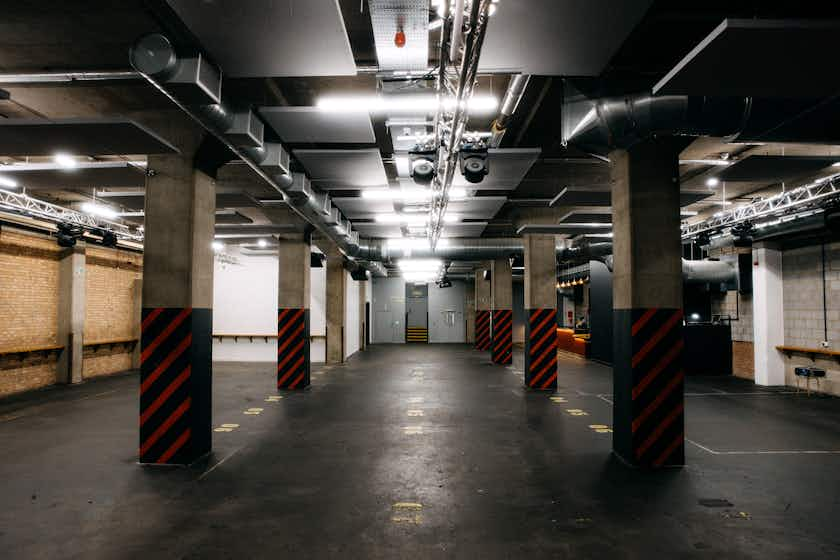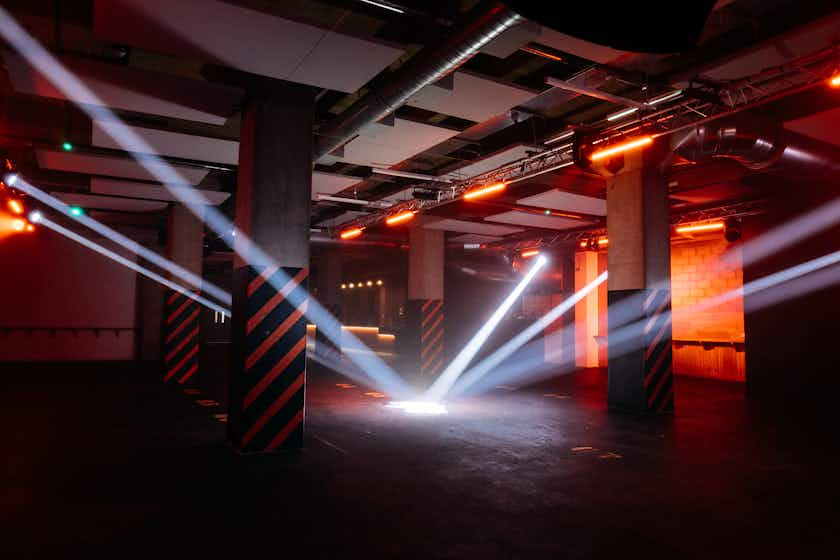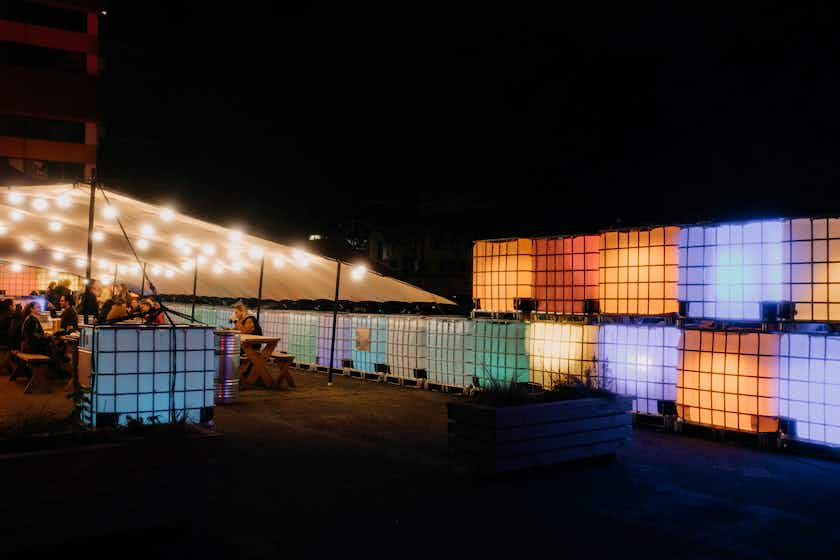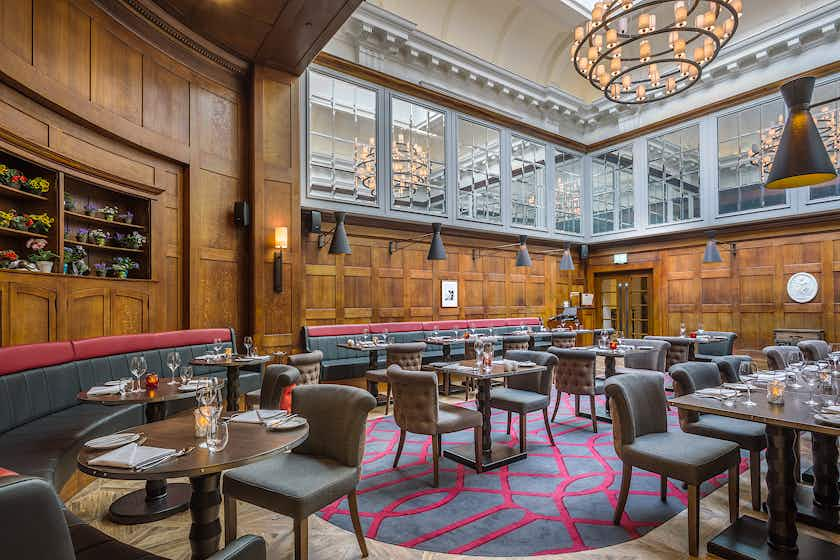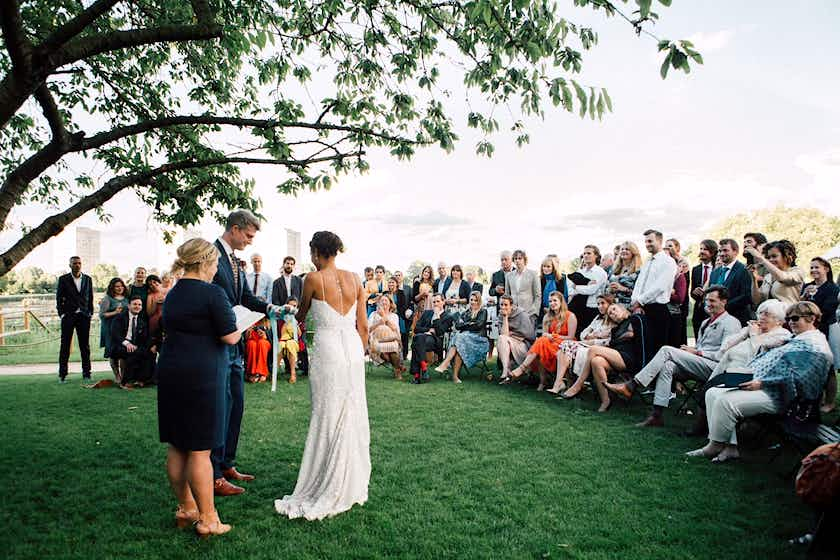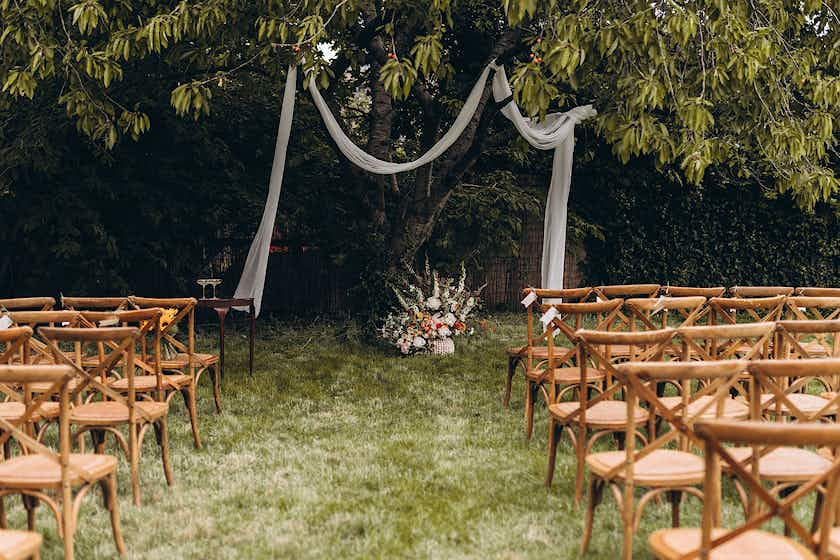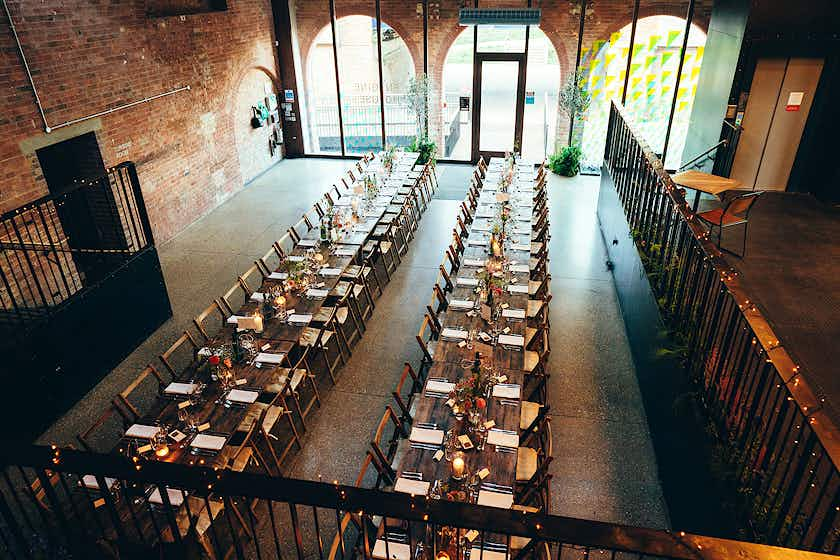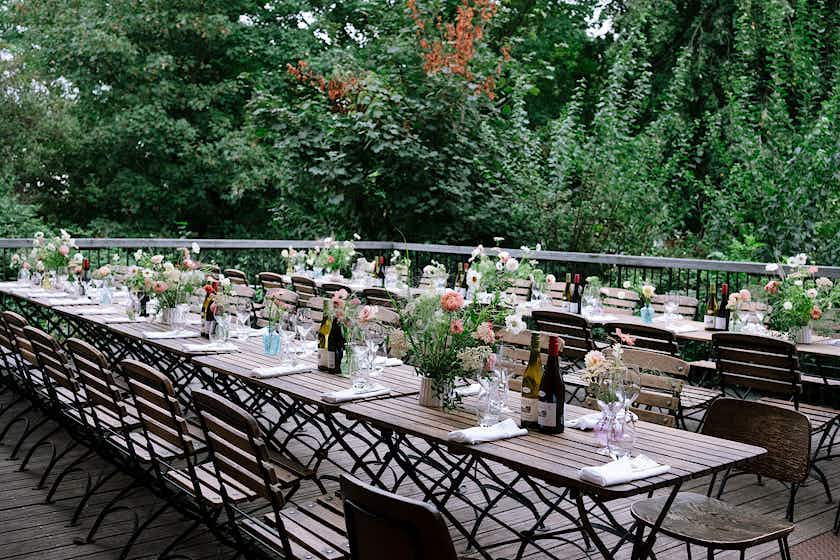If you are organising a fashion show – whether
it’s to showcase your own work, for the shop you work for, or for charity – it can
be difficult to know where to start. With so many people naturally involved, it
means that you have to rely on others to turn up and take to the catwalk. In order
to make it all go as smoothly as possible, we’ve broken everything you need to
do into these six easy steps.
Step 1: Venue
There’s no show without a venue, so this should be the first thing that you tick off of your list. The great thing about a fashion show is that they can really happen anywhere that has the space. If you’re hosting it for a charity event and don’t have a large budget, a bar or town hall will work just as well as anywhere else. If your fashion show needs to be a bit more upmarket, say if it is for wedding dresses or your own brand-new collection as a designer, then there are loads of fashion show venues in London, with almost endless good locations. Any space can be turned into a catwalk, so now is the time to let your imagination run wild. After all, a fashion show is the ideal place to let your personality shine.
Step 2: Theme
If you’ve designed your own collection, you’ll already probably have a theme in mind, but this is essential when viewing different venues and when it comes to styling your models. Your theme will decide what your whole event looks like. If you own a boutique store or are hosting a charity event, you need to come up with solid theme ideas to really create the perfect event backdrop. Remember, this is a fashion show, so if you want to go a bit out there, you can! Just make sure that you have the budget, and that the venue you have in mind both fits with the theme and has a stylish space that can be decorated further to match.
Step 3: Get the Models
You won’t have a fashion show if you don’t have models, so sorting them out for the date is essential. Remember that they will also need to be free for fittings beforehand, and maybe even a hair and make-up trial. If they are just going to turn up on the night, then the outfits are unlikely to fit correctly. When it comes to a fundraising event, you’ll need to put the call-out early that you are looking for volunteers. It’s important to stress that if they do agree to model that they follow through, as last-minute models that fit the same clothes can be hard to find! For paid models, consider the look that you’re going for when choosing, and the type of clothes they’ll be wearing. The more previous experience they have, the better.
Step 4: Organise the Clothes
It’s time to get the clothes for the fashion show ready. If you are the designer, getting your models in early for a fitting is absolutely essential. If you are choosing the clothes from various designers, be careful that they fit with the theme that you have. While you might love the look of something, a fashion show should all be supported by the theme. This shows that care has gone into choosing the individual looks. Sometimes, a fashion show is used as a platform to showcase multiple designers. If this is the case, theme is less important as each will be different. However, there should still be something that holds them together. For example, your overarching theme could be occasion wear, or summer wear. This will give you a lot of scope without anything looking too out of place.
Step 5: Hire Hair and Make-up Artists
Second only to the clothes is what the hair and makeup looks like on your models. This can easily change the look of the whole event, and so it’s important that you hire someone with the skills to bring your vision to life. If your budget is tight, look into hiring some people from a local hair and make-up academy. They’ll still be able to do fantastic work, but at lower prices. Allow them to take pictures for their portfolios as well! Having a trial with a couple of the models is key to really see how the full look will come together. It’s best for all the models to have the same type of hair and make-up as much as possible, although of course this will differ if there are different designers involved.
Step 6: Promote Your Event
If there’s no one watching, there’s no fashion show. That’s why it’s so important to start promoting your event early. To begin with, announce the date on all of your social media channels, before releasing more and more exciting information! While social media and emails are key, don’t forget about printed flyers. Post these around the city and you’re sure to get some people interested. It’s important that you make tickets for the event easy to get a hold of, particularly online. You will have to pick a fair price for them. Consider having an early bird discount for those that are really keen to attend. This will encourage people to buy as it will only stay at the lower price for a short amount of time.
Whether you’re showcasing top designers or trying to raise a bit of money for a local charity, a fashion show is always a fun and exciting event to attend. Making sure that you get the correct venue in London is key as well as choosing a theme that your audience is going to fall in love with. Plan it carefully, and you’ll have a fashion show where everyone feels like a star.






















